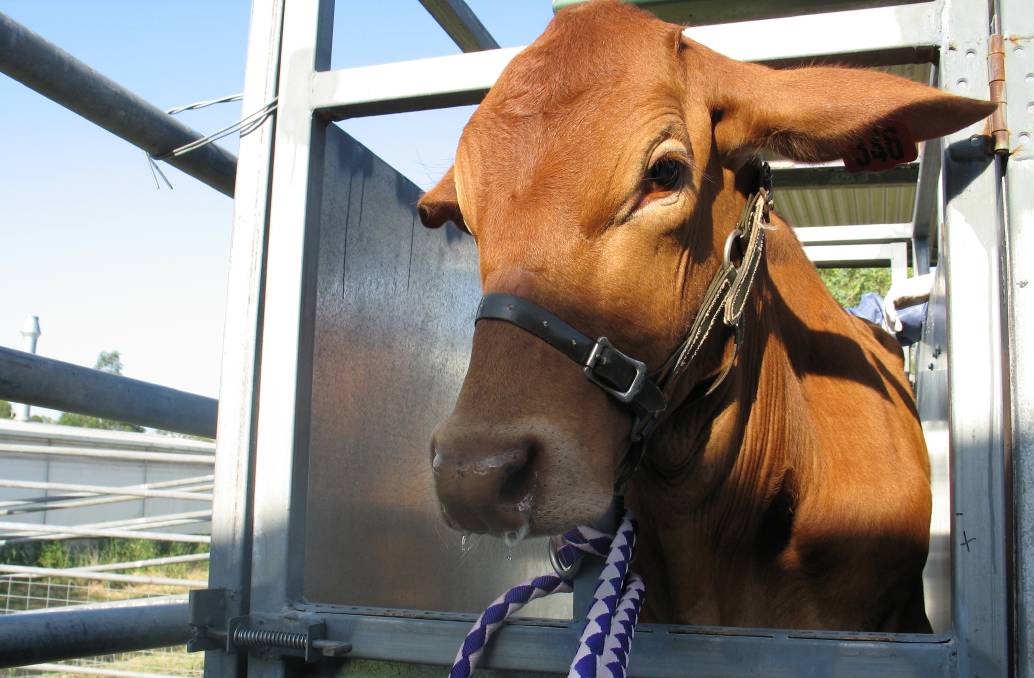Bovine respiratory vaccine on the horizon.

A new vaccine to help crack down on rates of bovine respiratory disease in feedlots may only be a couple of years away.
Researchers from the University of Queensland's Queensland Alliance for Agriculture and Food Innovation have been working on the vaccine over the last 20 years.
Now their prototype vaccine is set to be transferred to a commercial partner for further development with the hopes of helping to curb BRD's up to $100 million a year impact on lotfeeders.
Professor Tim Mahony, who has been leading the research, said one of the challenges faced in developing the vaccine has been the need for something that works relatively quickly.
Traditionally to test the effectiveness of new vaccines, experiments have required large numbers of animals to determine if the vaccine is effective.
But Professor Mahony and his team developed the dual pathogen challenge model, a technique testing the effectiveness of the vaccine by accentuating clinical signs severity in unvaccinated versus vaccinated individuals.
Because the model lacks the stress component that's part of BRD development, trial animals develop a disease that allows testing of vaccine efficacy, without putting them at risk of severe disease.
All of the information contained on this page and the original article can be found: Bovine Respiratory Vaccine
